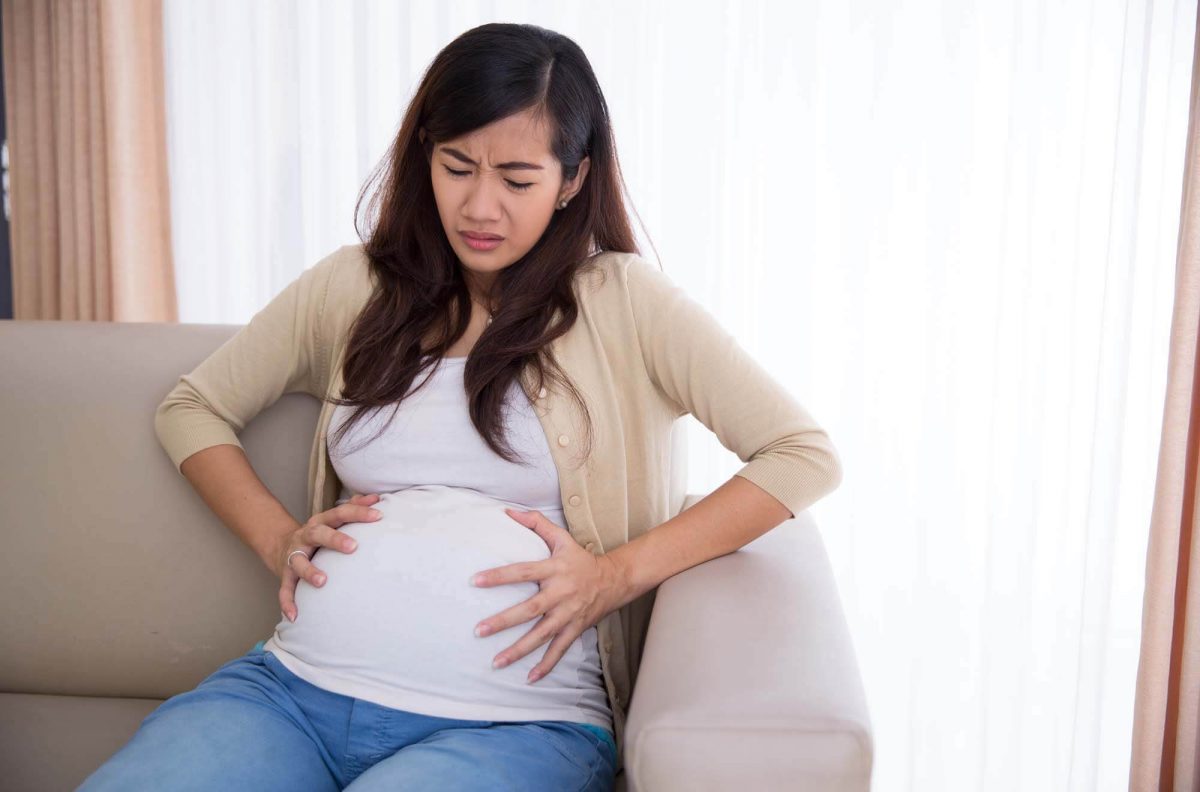
- December 10, 2021
- Comments: 0
- Posted by: Dr. Anushri Shah

Your body has a lot of tricks up its sleeve while you’re pregnant. Weight increase, skin changes, back discomfort, and breast pain are among the symptoms you’re experiencing. All of these things are part of the bodily changes that occur with becoming pregnant.
One of the most unexpected changes in the way your body adapts to support your growing kid. The majority of pregnant mothers anticipate watching their baby develop. However, they are frequently less enthusiastic when they learn that their abdominal muscles may split as a result as known as diastasis recti.
Everything you need to know about diastasis recti and how to deal with it during pregnancy can be found right now.
What Is Abdominal Separation? (Diastasis Recti)
After or during pregnancy, some women’s abdominal muscles weaken and separate. Abdominal separation is also known as recti divarication or diastasis recti. It’s a common ailment that usually improves during the first eight weeks following giving birth.
Abdominal separation happens when your uterus becomes large enough to separate your stomach’s two long, parallel muscles. These muscles run through the center of your belly from your chest to your pelvis, just beneath the skin.
Abdominal separation occurs as a result of the pressure exerted by your developing baby, as well as hormonal changes that occur throughout pregnancy. In most cases, it begins in the second part of the pregnancy.
Women who have had more than one child, are over 35 are expecting twins, or triplets are more likely to experience abdominal separation. It can also happen to a petite lady carrying a larger-than-average kid.
 Signs And Symptoms Of Abdominal Separation!
Signs And Symptoms Of Abdominal Separation!
You might be able to perceive a space between the two bands of abdominal muscles if you experience abdominal separation after your baby is born. If you lie flat on your back and raise your head, you’ll be able to see the gap more clearly.
When your abdominal muscles are engaged, you may also detect a physical canoe-shaped bulge in the center of your stomach. Because the stomach muscles are unable to support the back, some women with abdominal separation also have lower back discomfort.
Risk Of Abdominal Separation!
The rising pressure from your expanding uterus against your abdominal wall is the major cause of abdominal separation in pregnancy, as previously stated. Furthermore, there are a number of risk factors that elevate the chance of abdominal separation. These are the following!
- Muscle separation from a previous pregnancy
- Poor abdominal muscle tone.
- Several pregnancies
- Pronounced swayback
- Obesity or being overweight
- Being of a little frame
Any of these factors might increase your chances of developing diastasis recti during pregnancy.
How It Feels Like!
There are a few indicators that you could have diastasis recti during pregnancy. Around your belly button, you may see a gap or perhaps a bulge on either side of your midline. You may observe that when your abdominal muscles are activated, your stomach no longer seems round, but rather cone-shaped.
Tubigrip: What Is & How To Use!
Compression garments are worn across the abdomen by certain women. Tubigrip bandages or maternal compression garments might be discussed with your therapist. These are available at most physiotherapy offices and pharmacies.
Tubigrip can be utilized for a variety of health issues other than pregnancy. Tubigrip is used to treat general edema, post-burn scars, aches, and sprains, and even torn ligaments by providing tissue support.
How To Deal With Abdominal Separation?
During pregnancy, the majority of women will have some abdominal separation. This might cause back or pelvic pain by weakening your core. During the day, you may need to use a binder or Tubigrip for support. Also, keep the following in mind pregnancy yoga classes might helps and more:
- Avoid doing any hard lifting or putting any additional strain on your abdominals until after you’ve given birth.
- Maintain a proper posture.
- When sitting, a towel or cushion put behind you might help sustain your lower back.
- Opt for pregnancy yoga classes instead of heavy workout
Divine Mothers is thrilled to have Dr. Anushri and her professional colleagues lead a post-delivery fitness program. In Ahmedabad, you can try pregnancy yoga. Return to gentle and comprehensive exercise to enjoy the full range of fitness advantages.

